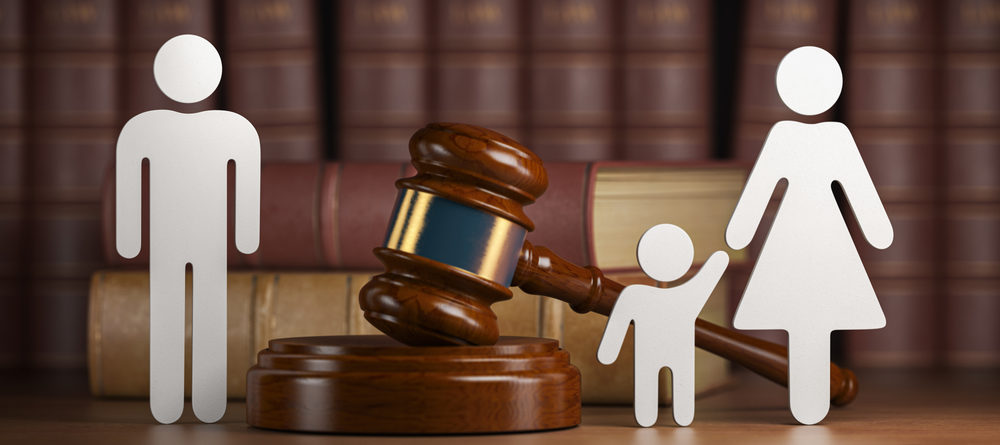US Citizen Whose Child Was Illegally Taken into Colombia by her mother- Also called international kidnapping or child abduction in Colombia.
Esteban Rada
Colombian attorney
email: info@lawyerscolombia.com
telephone 57-311-7693976
In recent years, as a Colombian lawyer, I have seen more cases in which a Colombian mother living in US with her child, takes the baby back to Colombia without the authorization of the father or worst, against US court orders. Thanks to my services, several US child had been returned safely back to their home country.
I know the issue of international child custody disputes is a complex and emotionally charged area of family law. When a child is taken illegally to another country, it becomes crucial to understand the legal framework and potential remedies available to the left-behind parent. This text explores the application of international child custody laws, notably the Hague Convention, using a hypothetical situation where a US citizen’s child was taken illegally to Colombia.
Understanding International Child Custody Laws:
International child custody laws primarily focus on resolving cases where a child is wrongfully removed or retained in Colombia country by his Colombian parent, without the consent of the other parent, In the case a US citizen.
Despite the child’s illegal removal, the Hague Convention provides a legal avenue to secure the child’s return.
The Hague Convention:
The Hague Convention on the Civil Aspects of International Child Abduction, or simply the Hague Convention, is an international treaty aimed at enforcing the prompt return of children wrongfully removed or retained in another country. Both the United States and Colombia are signatories to this convention.
Applicability of the Hague Convention in Colombia:
As a signatory to the Hague Convention, Colombia acknowledges and works in accordance with the principles and rules outlined in the treaty. The convention’s primary objective is to secure the swift return of the child to their country of habitual residence, allowing the courts to determine custody and visitation rights later.
Initiating the Hague Convention Process:
To initiate the Hague Convention process, the left-behind parent, in this case, the American citizen, must contact their respective Central Authority. In the United States, the Office of Children’s Issues within the Department of State acts as the Central Authority, while in Colombia, it is the Colombian Family Welfare Institute.
The Process:
Filing: The US Central Authority assists the left-behind parent in filing an application for the child’s return under the Hague Convention. Relevant documents and evidence of the child’s habitual residence and wrongful removal must accompany the application.
Central Authority’s Role: The Central Authority in the United States forwards the application to its Colombian counterpart. Simultaneously, the Colombian Central Authority initiates proceedings within their legal system to locate the child and determine their well-being.
Judicial Proceedings: The Colombian court reviews the case and assesses whether the child’s removal or retention was wrongful, as defined by the Hague Convention. Factors such as habitual residence, consent, and the child’s best interests are considered.
This our job in Colombia as your legal representative. The child´s petition to be returned to US will be first evaluate by the social worker office or ICBF depending on the city in which case, the administrative case will look for a settlement to return the child and keep him in the best conditions during the term of the legal case.
If there is no agreement. Social worker will send the petition to family court and judge will evaluate the petition, evidence, report of social worker and expert witness and he will decide in the best interest of the child.
This case has appeal in consequence can go to supreme court of the state.
Return Order: If the Colombian court determines that the child’s removal or retention was wrongful, it issues a return order. The left-behind parent must coordinate with local authorities to ensure the child’s safe return to their country of habitual residence.
Challenges and Considerations:
While the Hague Convention offers a legal framework for the return of wrongfully removed or retained children, the actual process can be challenging due to language barriers, varying legal systems, and potential delays. Both parents must diligently work with their respective Central Authorities and legal representatives to navigate these complexities and secure the child’s return.
Conclusion:
International child custody cases in Colombia require careful attention to the legal framework provided by the Hague Convention and the cooperation of both countries involved. In the hypothetical case of a US citizen whose child was taken illegally to Colombia, the Hague Convention can serve as a valuable tool to pursue the child’s return. However, it is crucial to engage legal professionals specializing in international family law and work closely with the Central Authorities in both countries to ensure the best possible outcome for all parties involved.
If you are living this situation, please contact us for further consultation.
Esteban Rada
Colombian attorney
email: info@lawyerscolombia.com
telephone 57-311-7693976




